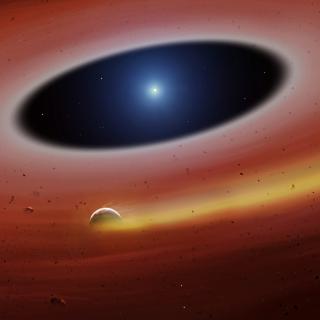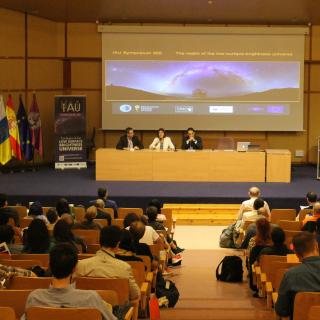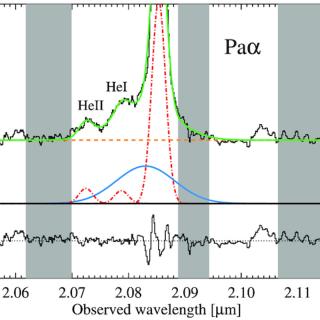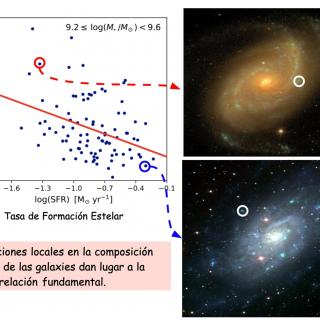
Numerous exoplanets have been detected around Sun-like stars. These stars end their lives as white dwarfs, which should inherit any surviving planetary systems. In fact, many white dwarf stars show signs of having accreted smaller bodies, implying that they may host planetary systems. A small number of these systems contain gaseous debris discs, visible through emission lines. Here, we report a stable 123.4-minute periodic variation in the strength and shape of the Ca II emission line profiles originating from the debris disc around the white dwarf SDSS J122859.93+104032.9. We used numerical
Advertised on
![A giant interstellar bubble being grown in the Andromeda galaxy Hα+[N II] imaging of the super-remnant in M31N 2008-12a taken with the Liverpool Telescope (left), and the Hubble Space Telescope and WFC3 (right).](/sites/default/files/styles/crop_square_2_2_to_320px/public/images/news/Galeria_IAC_figura_Pablo_Rdrguez.jpg?h=1acb51c4&itok=KgzBULrt)



![A distance of 13 Mpc resolves the claimed anomalies of the galaxy lacking dark matter The ultra-diffuse galaxy KKS2000]04 (NGC1052-DF2), towards the constellation of Cetus, considered previously a galaxy with no dark matter.](/sites/default/files/styles/crop_square_2_2_to_320px/public/images/news/Galeria_IAC_Figura_Trujillo_2_final.jpg?h=340b683b&itok=ZQ8EA2IA)